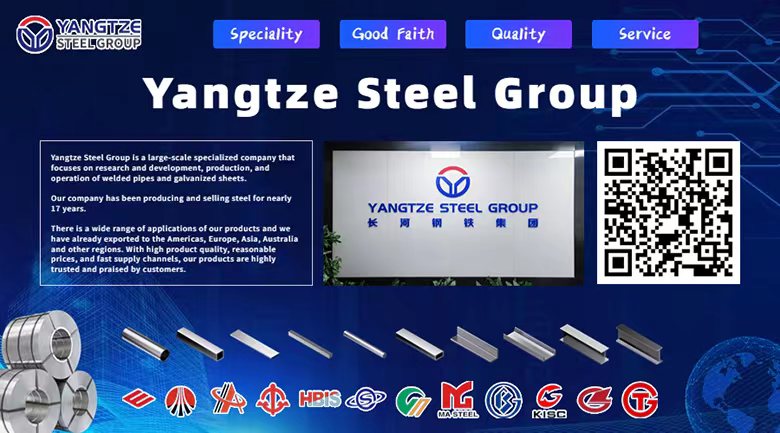Steel casing anti-corrosion process
The anti-corrosion treatment of steel casing is crucial to extend its service life and improve its reliability. The following is a brief introduction to several common steel casing anti-corrosion processes:
Anti-corrosion technology | |
Surface treatment | 1. Sandblasting: Remove rust and oxides from the surface by spraying sand at high speed. |
Coating anti-corrosion | 1. Epoxy coating: excellent adhesion and corrosion resistance. |
Hot-dip galvanizing | 1. Pretreatment: clean the oil, scale and rust on the surface of the steel pipe. |
Cathodic protection | 1. Impressed current protection: DC current is applied to make the steel pipe a cathode. |
Other anti-corrosion methods | 1. Fusion bonded epoxy powder coating (FBE): Electrostatic spraying of epoxy powder forms a dense coating. |
These anti-corrosion processes can be selected and combined according to the specific use environment and requirements of the steel casing to ensure its long-term and reliable operation.









